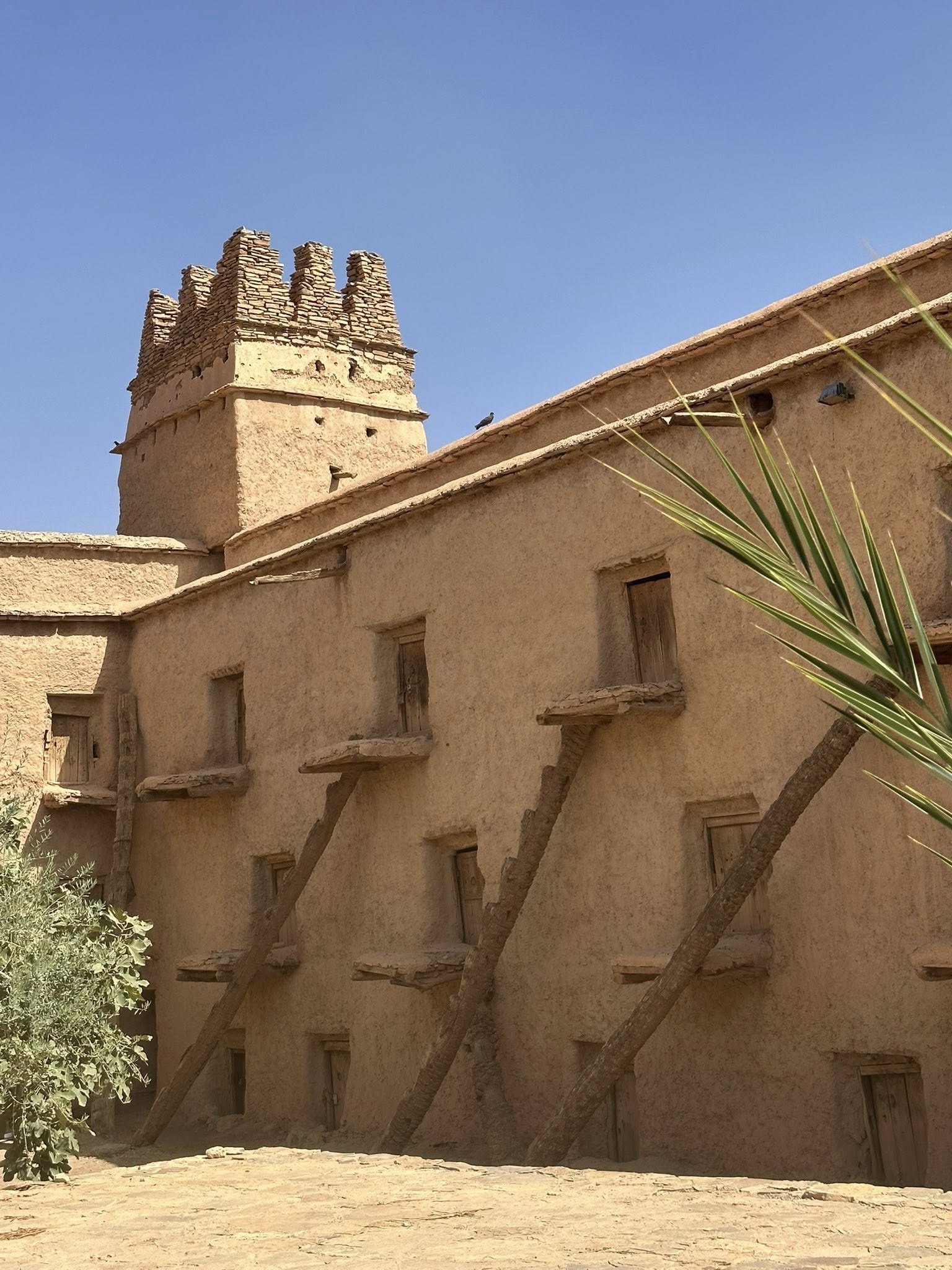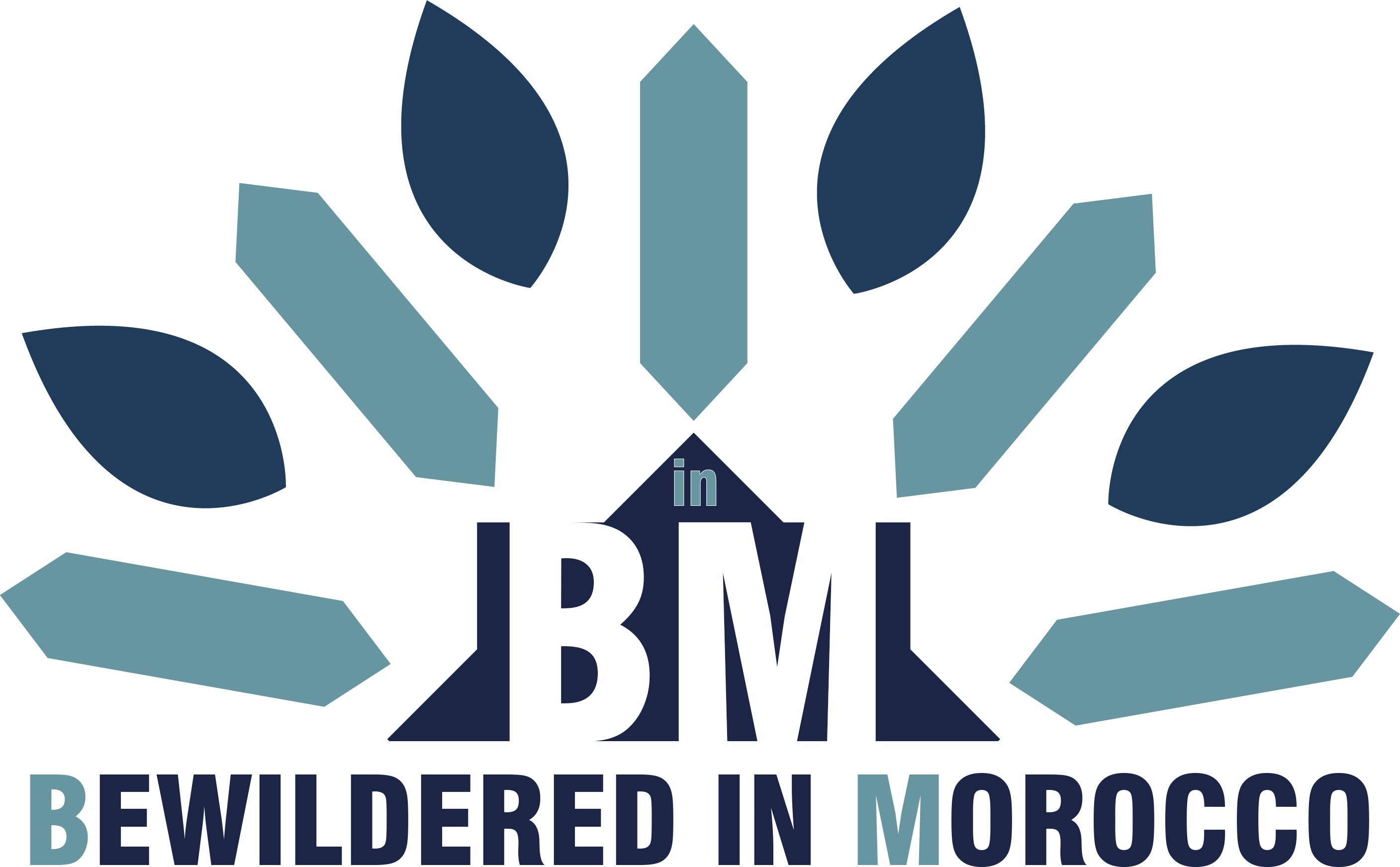Last year, I took a road trip south from Marrakech toward the desert. My plan was simple—get off the main tourist routes and find places where real Moroccan life still happens. That's how I ended up in the Tata region, standing in front of the Aït Kine granary. This wasn't just another old building. It was something alive, breathing with centuries of tradition.
The Aït Kine granary sits quietly in this remote corner of Morocco, away from the crowds of Marrakech and Fez. Most travelers heading to the Sahara speed right past it. But if you stop, you'll discover one of Morocco's best-kept secrets—a place where the past and present meet in the most beautiful way.
What Makes the Aït Kine Granary Special?

When I first saw the granary, it looked like a small fortress rising from the desert landscape. Thick walls. Watchtowers at the corners. A heavy gate that has protected the village's treasures for more than 200 years. The structure dates back to the 18th century, and here's what surprised me most—it's not a museum. People still use it today.
In the Amazigh Berber language, these communal storage buildings are called "agadir." The word might sound familiar if you know the coastal city of Agadir, but these mountain and desert agadirs serve a completely different purpose. They were built to protect what matters most: food supplies, important documents, and the community's collective wealth.
The Aït Kine granary has been lovingly restored, but it hasn't lost its soul. Walking through that gate feels like stepping into a working piece of history. The village hasn't turned it into a tourist attraction with gift shops and ticket booths. Instead, they've kept it functional while opening their doors to curious travelers.
Inside the Fortress: Three Levels of Desert Architecture
Once you pass through the secured gate, you enter a large central courtyard. The first thing you'll notice is a majestic tree providing shade in the middle. On hot desert days, that shade is everything. Around this courtyard, dozens of storage compartments rise three levels high.
Each family in the village has their own compartment. Some store grain and dried dates. Others keep important family papers and valuables. The system has worked for centuries because it's based on trust and shared responsibility.
What fascinated me as someone interested in traditional construction was how the building handles the desert climate. The ceilings and stairs use palm tree trunks for support. Palm wood is strong, naturally resistant to the dry heat, and readily available in the oases near Tata. The thick walls keep the interior cool even when outside temperatures climb above 40 degrees Celsius in summer.
The design is simple but brilliant. Desert builders didn't have modern materials, so they worked with what the land provided. The result is a structure that has lasted longer than many modern buildings I've seen.
More Than Storage: The Heart of Village Life
Here's what makes the Aït Kine granary truly special—it's not just about storing grain and dates. This place is the social heart of the village. When I visited, the caretaker explained that the courtyard transforms regularly for community gatherings.
Weddings happen here. Religious ceremonies too. When the village needs to make important decisions, people gather in this space. The granary represents something deeper than practical storage—it's about community bonds, shared values, and collective survival in a harsh environment.
In the desert, cooperation isn't optional. It's how people survive. The granary system reflects this perfectly. No family stands alone. Everyone contributes to protecting everyone else's supplies. If one family faces hardship, the community helps. The agadir is both symbol and tool for this way of life.
The Amazigh Berber culture is deeply woven into everything about this place. These are the indigenous people of North Africa, and their traditions stretch back thousands of years. The granary keeps these traditions alive in practical, everyday ways.
Understanding Amazigh Heritage Through Architecture
Walking through the Aït Kine granary, you get a real education in how desert communities protected themselves historically. Raiders and bandits were constant threats in isolated regions. Food supplies were precious. A bad harvest could mean disaster.
The fortress design with watchtowers wasn't decorative—it was necessary. Guards could spot approaching danger from far away. The secure gate could be closed and defended. Inside, families knew their most valuable possessions were safe.
But protection went beyond physical security. The granary also protected against fire, one of the greatest threats to stored grain. The compartments are separated, so if disaster strikes one area, it doesn't destroy everything. The design shows careful thinking developed over generations.
Near the granary, you'll find traditional houses and small mosques built in the same style. The entire village tells a story about adaptation and resilience. Buildings blend into the desert landscape, using local stone and earth. Nothing is wasted. Everything has purpose.
What to See Around Aït Kine
The Aït Kine granary is worth the trip on its own, but don't rush away. The surrounding area offers more glimpses into traditional southern Moroccan life.
Traditional houses near the granary show how families lived for centuries. Small windows keep interiors cool. Flat roofs provide space for drying food and sleeping on hot nights. Some families still maintain these old houses alongside newer concrete structures.
The local mosque has simple, elegant lines typical of Berber religious architecture. Nothing flashy or grand—just clean design serving its purpose well.
If you have time, the landscapes around Tata are stunning. Desert gives way to rocky mountains. Oases provide green relief with date palms and gardens. The area feels remote because it is, but that's part of what makes visiting so rewarding.
Practical Tips for Visiting the Aït Kine Granary
Getting to Aït Kine requires some planning since it's off the typical tourist circuit. The village is located in the Tata region of southern Morocco. If you're driving from Marrakech, the journey takes about six to seven hours. The roads are good, but distances are long.
Tata town makes a logical base for exploring the area. From there, you can reach Aït Kine fairly easily. Travelers heading deeper into the desert often stop here on their way to or from the Sahara.
The best time to visit is during cooler months—October through April. Summer heat in this region is intense and makes exploring uncomfortable. Spring brings beautiful weather and the possibility of seeing desert flowers bloom after rare rains.
There's no entrance fee that I encountered, but bringing a small gift or offering to contribute is appreciated. This is a living village, not a commercial tourist site. Respect and courtesy go a long way.
Dress modestly, especially if visiting during prayer times or community events. The village is traditional, and showing respect for local customs matters. Photography is usually fine, but always ask permission before photographing people.
Don't expect facilities like cafes or restrooms. Bring water and snacks. Come prepared as you would for any remote area.
Why the Aït Kine Granary Matters Today
In our modern world, communal storage seems outdated. We have banks, insurance, and supply chains. But standing in the Aït Kine granary, I felt something that's missing from modern life—true community cooperation.
The granary survives because the village chooses to maintain it. Restoration work takes effort and resources. Keeping the traditions alive requires teaching younger generations why these things matter. The fact that it's still functional, still used, still central to village life says something hopeful about cultural preservation.
For travelers, places like this offer something that fancy riads in Marrakech never can—authenticity. This isn't staged for tourists. It's real life continuing as it has for centuries, adapted to new times but not abandoned.
The resilience and community spirit that built the granary 250 years ago still exist. You can see it in how carefully the structure is maintained. You can feel it in the pride with which locals explain their heritage. You can sense it in the way the space is used—not as a museum of dead things, but as a living community center.
Planning Your Southern Morocco Journey
The Aït Kine granary fits naturally into a broader exploration of southern Morocco. Many travelers combine a visit here with trips to nearby Berber villages, desert camps, and mountain valleys. The entire Tata region rewards curious travelers willing to venture beyond standard routes.
If you're interested in traditional Moroccan architecture and community life, similar collective granaries exist in other parts of the south. Each has its own character and history. But Aït Kine's combination of excellent preservation and continued use makes it particularly special.
Consider hiring a local guide who can explain the details and translate if your Arabic or Berber is limited. Guides also help navigate social customs and ensure your visit enriches both you and the community.
Your Turn to Explore
The Aït Kine collective granary represents everything I love about exploring Morocco beyond the famous cities. It's authentic, beautiful, meaningful, and still connected to daily life. Standing in that courtyard under the shade tree, surrounded by three levels of storage compartments built with palm trunks and desert stone, I felt the weight of history—not as something dead, but as something living and breathing.
Morocco has so many layers. Every region offers different insights into how this country's diverse cultures have thrived in challenging environments. The Tata region and its treasures like Aït Kine deserve more attention from travelers seeking depth and authenticity.
Have you visited any traditional granaries or collective storage sites in Morocco or elsewhere? What aspects of Berber culture interest you most? I'd love to hear about your experiences exploring off-the-beaten-path Morocco. Share your thoughts in the comments below, and let's keep the conversation going about these incredible places that preserve our shared human heritage.
Safe travels, and may your own Moroccan adventures lead you to hidden treasures like the Aït Kine granary!
